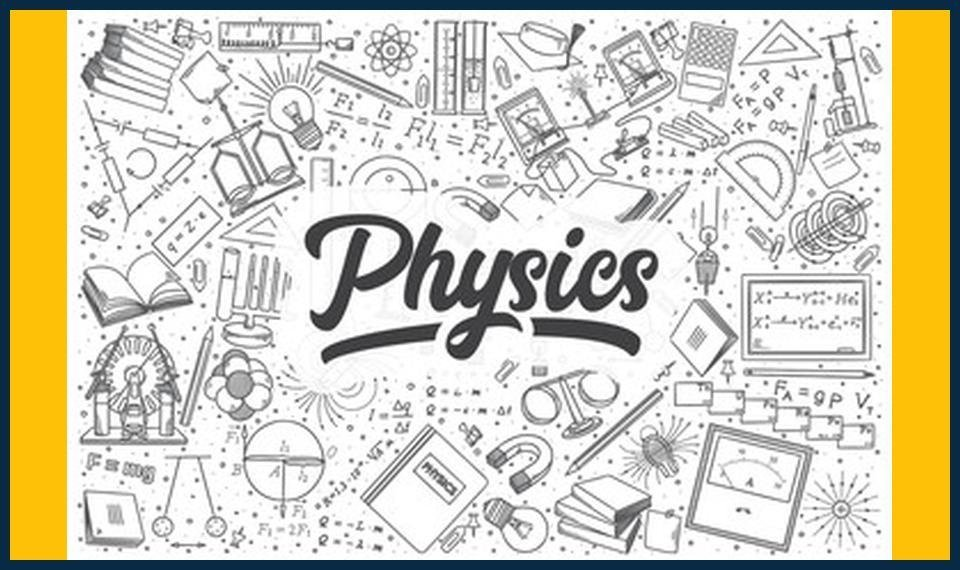![]()
In the digital age, reading has evolved to encompass a multitude of formats, from social media and websites to e-books on handheld and desktop devices. However, a recent meta-analysis, comprising 40 studies and involving close to half a million students (n = 469,564), suggests that digital reading may not be as beneficial for reading comprehension as traditional print reading. The correlation between digital reading and comprehension is small but positive (r = .055), markedly weaker compared to the association found in earlier studies for print reading (r = .36–.41).
The research reveals that age plays a significant role in the impact of digital reading on comprehension. For primary and middle school students, digital reading can hinder the development of essential reading skills such as fluency, vocabulary, and sustained focus due to the numerous distractions present in the digital world (short videos, emojis, and endless scrolls).
Conversely, older students, with a stronger foundation, can leverage their skills to engage critically with digital texts and extract information more efficiently. This benefit, however, is not automatic and demands a thoughtful approach.
The type of digital reading also matters. Linear and informative digital reading, such as e-books or academic blogs, is beneficial. On the other hand, social-communicative reading, like messaging or platforms like TikTok, does not have the same effect.
In primary classrooms, a focus on printed reading is advisable. Rich texts, modeling deep reading, and providing uninterrupted reading time should be prioritized. As students progress to secondary school and college, introducing digital texts can be beneficial, but with structure. Teachers should guide students to recognize purpose, evaluate the reliability of sources, and manage digital distractions.
Schools should differentiate between types of digital reading, understanding whether students are reading e-books or merely scrolling through social media, as this distinction could shape comprehension outcomes.
Teachers who aim to foster stronger readers must look beyond the format. The medium significantly influences the message, particularly in the digital age. We may not be effectively teaching young people how to use digital media effectively, often due to their inherent behaviors and use outside of school.
As educators, it’s essential to empower students to read with purpose online, particularly the younger ones who appear most affected. This may require rethinking our strategies and approaches to digital literacy in the classroom.




